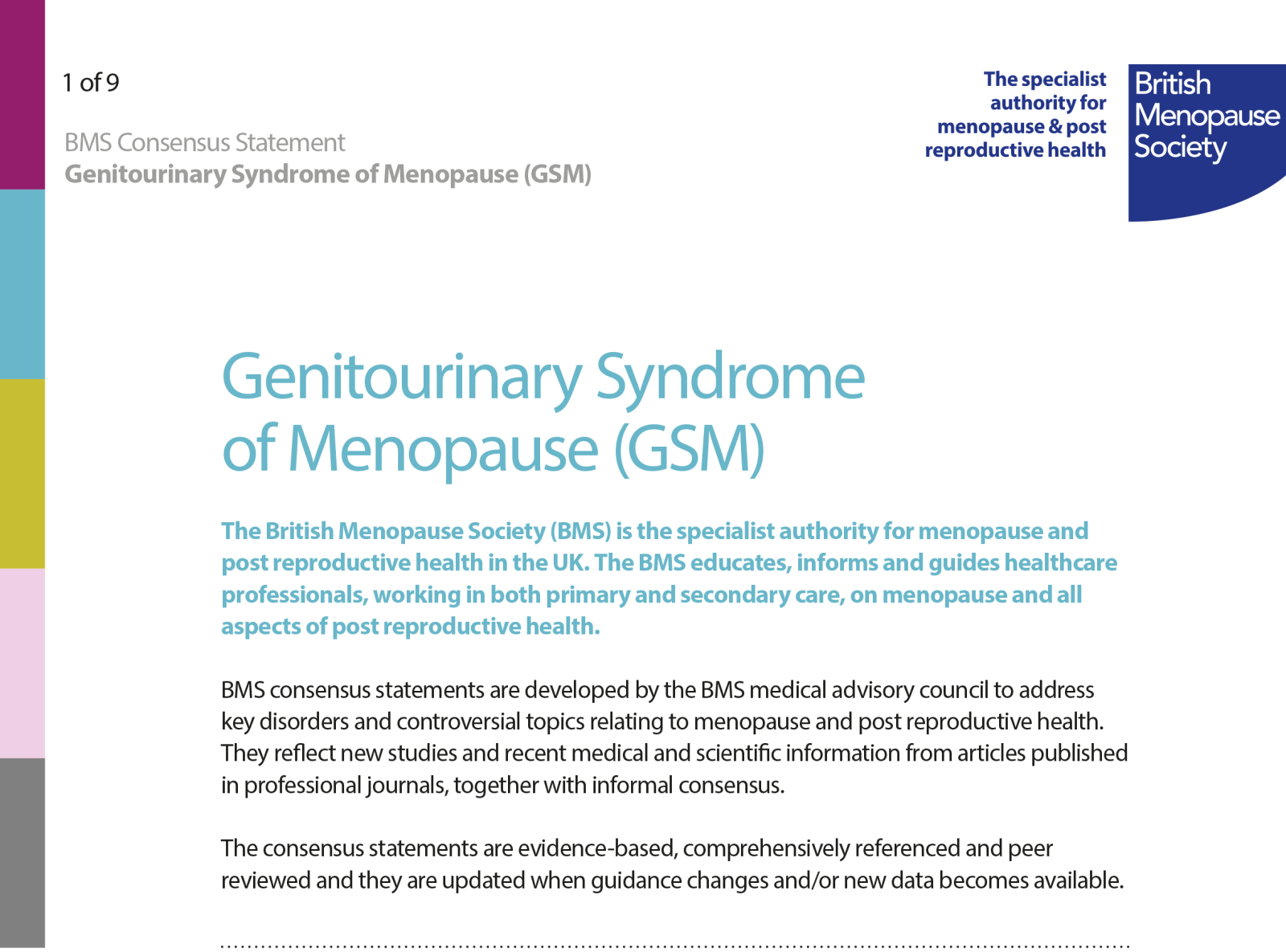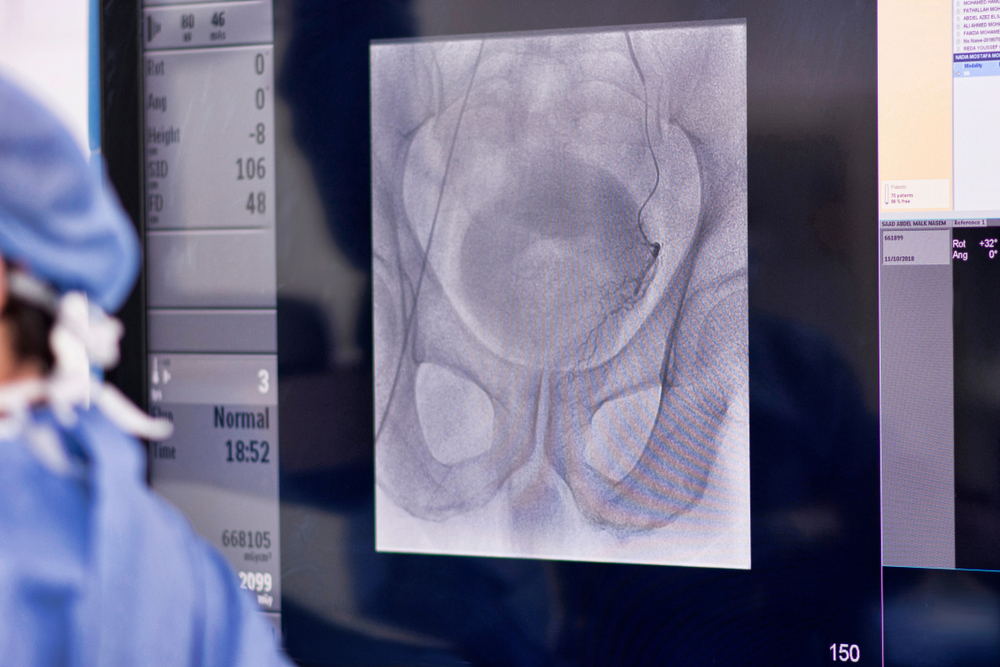Resources
15 December 2025
While it has long been known that black men have a higher lifetime risk of dying from prostate cancer, a new analysis by Prostate Cancer UK has shown that ethnic disparities persist at every socioeconomic level, with black Caribbean men consistently facing the greatest burden. The analysis concludes that increased mortality from prostate cancer among black men cannot be explained solely by socioeconomic factors.
09 December 2025
New guidelines from the Department for Health and Social Care have been published. Their aim is to improve the quality of alcohol treatment so that people with patterns of harmful drinking and alcohol dependence get better help and support and achieve better outcomes.
08 December 2025
EFUNCore, a core educational framework for urology nursing, was launched at the British Association of Urological Nurses (BAUN) conference in Edinburgh last month. Devised, constructed and agreed as a partnership between four international urology nursing associations – BAUN, the European Association of Urology Nurses, the New Zealand Urological Nurses Society and the Australia and New Zealand Urological Nurses Society – the document is a step forward in the education of urology nurses.
01 December 2025
Up to 30% of children are affected by constipation at any one time. In this article, June Rogers highlights the importance of early intervention and looks at the evidence for the different management and treatment options. This follows on from her previous article looking at the factors that contribute to childhood constipation.
21 November 2025
An updated consensus statement from the British Menopause Society is now available on the topic of genitourinary syndrome of menopause, updating the previous guidance on urogenital atrophy.
13 November 2025
New guidance from NICE (the National Institute for Health and Care Excellence) gives another treatment option for people with hormone-sensitive metastatic prostate cancer for whom docetaxel is not suitable. The guidance discusses the use of darolutamide with androgen deprivation therapy for treating hormone-sensitive metastatic prostate cancer.
11 November 2025
While men with symptomatic benign prostatic hyperplasia (BPH) are normally treated with medication, approximately 10% of men with BPH eventually require surgical intervention. In this article, the second in a two-part series, Linda Nazarko discusses the minimally invasive and invasive surgical options for treating BPH.
31 October 2025
Constipation occurs in around a third of children, and more of those with Down syndrome and other learning disabilities. June Rogers explains how constipation can develop during different points of a child’s life and how this can be treated. An accompanying article looks at treatment options.
28 October 2025
New guidance funded by the British Dietetic Association, and produced by a team of UK-based clinicians, gives the first comprehensive evidence-based dietary guidelines for the management of chronic constipation in adults.
06 October 2025
Jennie Burch, head of gastrointestinal education, St Mark’s Hospital
Learning to live with a stoma and adapt the stoma into lifestyles can be difficult, and community nurses are well placed to provide information about travel to people living with a stoma. Patients often want advice and reassurance that they can travel, and nurses can direct them to reliable sources of information. Community nurses can encourage travelling as a safe and enjoyable way to live after stoma forming surgery.
Key words: Stoma, Travel, Planning, Challenges, Signposting
Learning to live with a stoma and adapt the stoma into lifestyles can be difficult, and community nurses are well placed to provide information about travel to people living with a stoma. Patients often want advice and reassurance that they can travel, and nurses can direct them to reliable sources of information. Community nurses can encourage travelling as a safe and enjoyable way to live after stoma forming surgery.
Key words: Stoma, Travel, Planning, Challenges, Signposting










